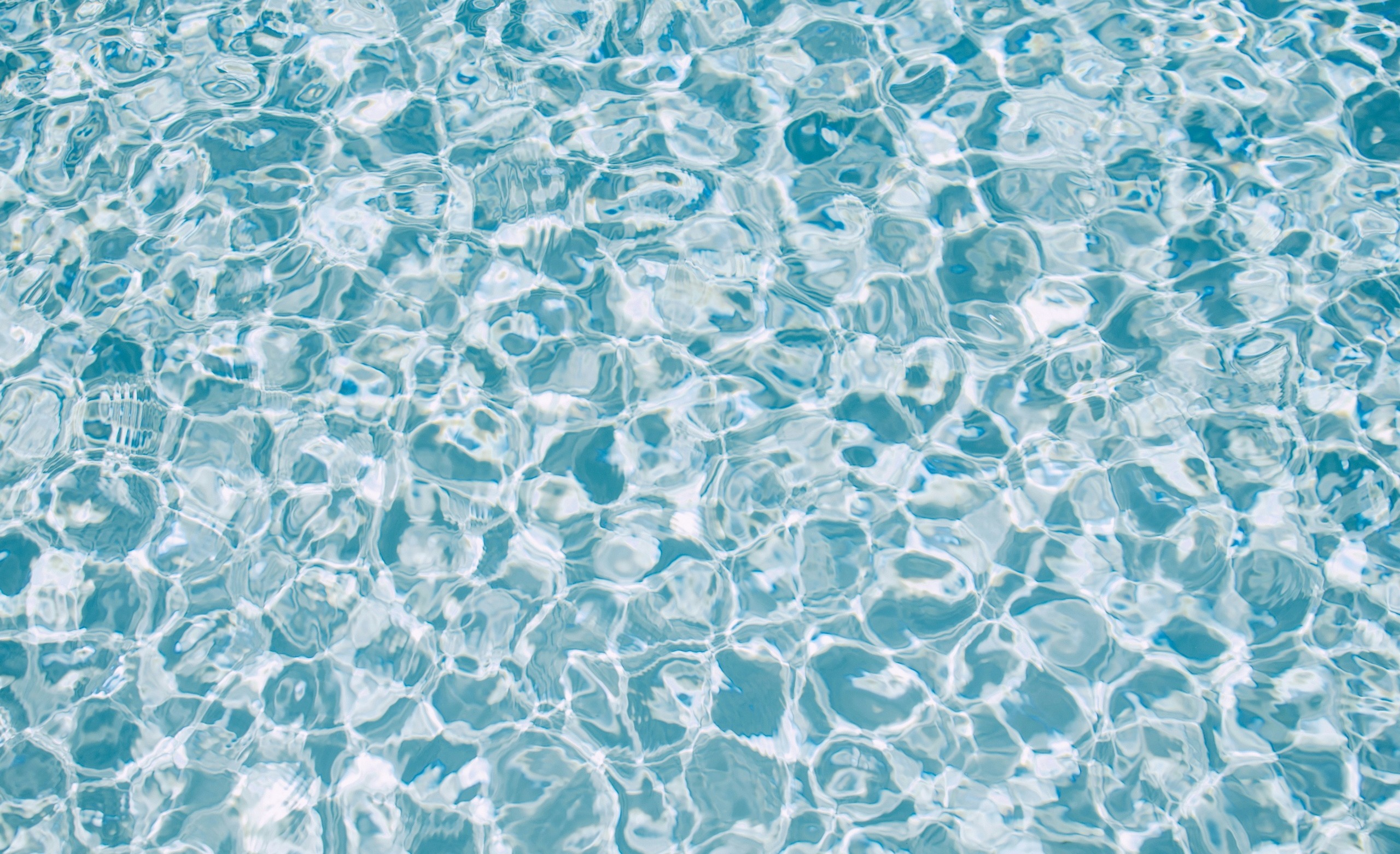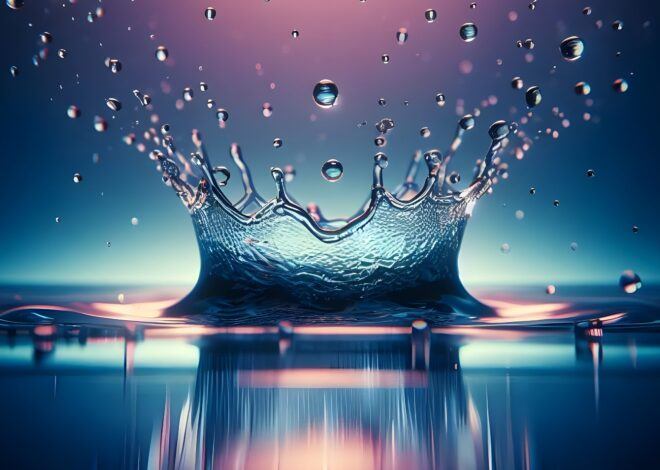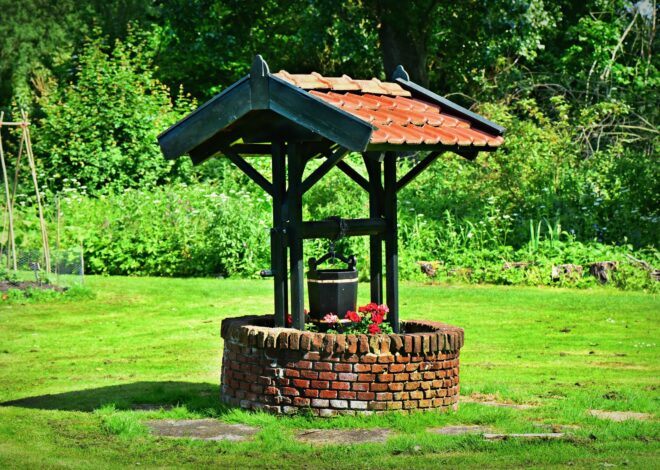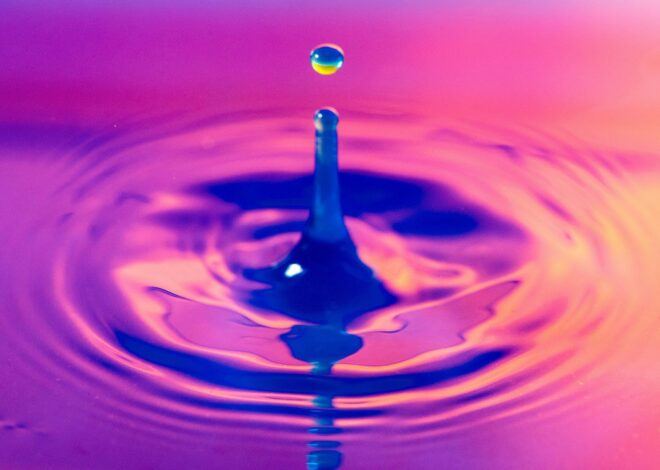
How To Purify Drinking Water
Welcome to our step-by-step guide on how to purify drinking water safely. Water is essential for life. Yet, not all of it is safe to drink. In fact, contaminated water can lead to serious health problems. That’s why knowing how to purify drinking water is so important.
Whether you’re at home, in the wilderness, or during emergencies, having access to clean drinking water can make a world of difference. Imagine sipping from a bottle filled with crystal-clear liquid that you know has been purified and made safe for consumption.
This article will guide you through various methods of purifying your drinking water—ensuring you stay hydrated and healthy no matter where you are. Let’s dive into the details and explore how easy it can be to ensure that every drop you drink is pure!
The Importance of Purifying Drinking Water
Access to clean drinking water is a fundamental human right. Yet, many people around the world still face challenges in obtaining safe water. Contaminated water can lead to serious health issues. Waterborne diseases such as cholera and dysentery pose risks, especially for vulnerable populations like children and the elderly.
Purifying drinking water not only protects individual health but also enhances community well-being. When everyone has access to safe water, overall public health improves significantly. Moreover, purifying your own drinking water empowers individuals.
It provides peace of mind knowing you are taking proactive steps toward better health for yourself and your family. In areas where tap water quality is questionable, purification becomes even more crucial. Relying solely on municipal sources may not be enough; additional measures are essential for safety.
Different Methods of Purifying Water:
When it comes to purifying water, various methods can effectively eliminate contaminants. Each technique has its strengths and weaknesses.
A. Boiling Water Method
Boiling water is one of the simplest and most effective methods for purifying drinking water. When you heat water to a rolling boil, it kills harmful bacteria, viruses, and parasites that may be lurking in your supply.
To effectively use this method, bring the water to a vigorous boil for at least one minute. At altitudes above 6,500 feet, extend the boiling time to three minutes due to lower atmospheric pressure.
This technique requires no special equipment—just a clean pot and a heat source. It’s perfect for emergency situations or when you’re unsure about your water quality.
However, boiling doesn’t remove chemical pollutants or heavy metals from the water. It’s essential to understand its limitations while appreciating its effectiveness against biological contaminants. Always let boiled water cool before drinking; hot liquid can lead to burns if consumed immediately after boiling.
B. Filtering Water Method
The filtering water method is a popular way to purify drinking water. It uses various materials to remove impurities, sediments, and harmful microorganisms.
Filters come in many forms. Some are simple pitcher filters, while others are complex system installations under your sink. The choice depends on your needs.
Activated carbon is a common material found in these filters. It effectively traps chlorine, unpleasant odors, and flavors from the water.
Ceramic filters also play a role by blocking bacteria and protozoa without removing beneficial minerals. They can be an excellent option for those who want pure-tasting water.
Another interesting aspect of filtration systems is their convenience. Many require minimal maintenance and provide instant access to clean drinking water right at home or when traveling.
With proper selection, you can ensure that the filtered water meets your quality standards while being easy to use daily.
C. Distilling Water Method
The distillation method is a reliable way to purify drinking water. It involves boiling water and capturing the steam, which then condenses back into liquid form. This process effectively removes impurities, such as bacteria, viruses, and heavy metals.
One of the key advantages of distillation is its thoroughness. Most contaminants cannot evaporate with the water vapor. As a result, you’re left with cleaner liquid.
However, it does have some drawbacks. Distilling water can be energy-intensive and time-consuming compared to other methods.
Additionally, essential minerals are often stripped away during this process. For those who prefer mineral-rich drinking water, this may not be ideal.
Despite these considerations, distillation remains an effective option for ensuring your drinking supply is safe and free from harmful substances.
D. Chemical Treatment Method
Chemical treatment is a popular method for purifying drinking water. It typically uses substances like chlorine or iodine to eliminate harmful pathogens.
Chlorine, commonly found in household bleach, effectively kills bacteria and viruses. When used properly, it can make water safe to drink within minutes. However, it’s essential to use the correct dosage to avoid unpleasant tastes or odors.
Iodine tablets are another option. They work well in emergency situations but aren’t recommended for long-term use due to potential health risks with prolonged exposure.
While chemical treatment is efficient and widely accessible, it does have limitations. Some chemicals may not remove heavy metals or certain contaminants effectively.
Additionally, residual chemicals can linger in treated water. This might raise concerns for those sensitive to these substances. Always read instructions carefully when using any chemical treatment method for drinking water safety.
E. Ultraviolet Light Treatment for Safe Water Consumption
Ultraviolet (UV) light treatment is an innovative method for purifying drinking water. This technique harnesses the power of UV rays to eliminate harmful microorganisms, including bacteria and viruses.
When water passes through a UV chamber, it is exposed to ultraviolet light. The radiation disrupts the DNA of pathogens, rendering them unable to reproduce and cause illness. This method is highly effective for ensuring safe drinking water in both residential and commercial settings.
One major advantage of UV treatment is its speed. It can purify large volumes of water within minutes without adding chemicals or altering taste. Additionally, it’s environmentally friendly since there are no byproducts from the process.
However, this system does require electricity and regular maintenance. A reliable power source is crucial for consistent operation, making it less suitable in remote areas without access to energy resources.
Benefits and Drawbacks of Each Method
When evaluating boiling water as a purification method, its simplicity stands out. It effectively kills bacteria and viruses. However, it requires time and energy.
Filtering water offers convenience and can enhance taste by removing impurities. Different filters target specific contaminants, but they may not eliminate all pathogens.
Distillation is thorough; it removes minerals, chemicals, and biological hazards. Yet this process is slow and often uses more energy compared to other methods.
Chemical treatments are effective against many microorganisms. They’re portable too. Still, the taste may be unappealing for some users.
Ultraviolet light treatment guarantees safety from germs without altering flavor. Its major drawback lies in dependency on electricity or batteries for operation.
Each method presents unique advantages while also having limitations that must be considered based on individual needs.
Factors to Consider When Choosing a Purification Method
When selecting a purification method, consider water source quality. Is it from a well, river, or municipal supply? Each presents unique contaminants requiring different approaches. Next, evaluate the specific impurities present. Are you dealing with bacteria, chemicals, or sediment?
This knowledge will help narrow down your options. Also think about capacity and usage needs. Will this method serve just one person or an entire family? Some techniques work better for larger volumes of water. Portability is another vital factor.
If you’re frequently on the move or in remote areas, lightweight solutions may be best. Budget plays a crucial role. Some methods involve low upfront costs but higher maintenance expenses over time. Weigh these financial aspects carefully before making your decision.
DIY vs Professional Options
When it comes to purifying drinking water, you have two primary options: DIY methods or professional services. Each has its unique appeal and potential drawbacks. DIY methods can be cost-effective and allow for immediate action. Simple techniques like boiling or using activated charcoal filters are accessible for most households.
This hands-on approach gives you control over the purification process. On the other hand, professional services often ensure higher standards of safety and quality. Experts utilize advanced technologies that might not be available at home, offering a comprehensive solution tailored to your specific needs.
However, relying solely on professionals may incur ongoing costs and limit your ability to quickly address issues as they arise. Weighing convenience against personal knowledge is key when deciding which route suits you best.
Conclusion: Properly Purified Drinking Water
Ensuring that your drinking water is properly purified is essential for maintaining good health. Whether you are relying on a simple boiling method or investing in advanced filtration systems, understanding the various purification techniques available will empower you to make informed decisions.
Each method of purifying water has its own set of benefits and drawbacks. It’s crucial to evaluate these options based on your specific needs and circumstances. Factors such as cost, convenience, and effectiveness should guide your choice.
You may prefer a DIY approach for everyday use, or perhaps seek professional solutions for larger-scale needs. Whatever path you choose, remember that access to clean drinking water directly impacts your well-being.
Taking steps towards better water purification not only enhances safety but also promotes overall wellness in your home and community. Prioritizing the purity of what you consume can lead to significant improvements in quality of life.



